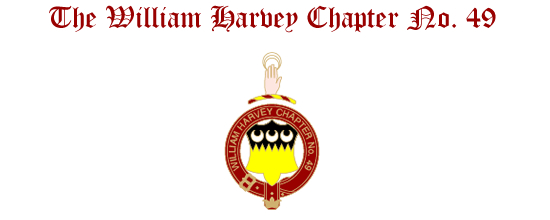|
The Royal Arch
 The origins of the Royal Arch in England are interesting and are fervently debated by masonic historians. One of the earliest recorded references to a Freemason receiving the Royal Arch is of Laurence Dermott who was exalted within a Dublin Lodge in 1746. He became the Grand Secretary of the Grand Lodge of the Antients in 1752 and in 1756, he expressed the Antient Grand Lodge’s opinion in his book Ahiman Rezon (or A Help to a Brother) that: The origins of the Royal Arch in England are interesting and are fervently debated by masonic historians. One of the earliest recorded references to a Freemason receiving the Royal Arch is of Laurence Dermott who was exalted within a Dublin Lodge in 1746. He became the Grand Secretary of the Grand Lodge of the Antients in 1752 and in 1756, he expressed the Antient Grand Lodge’s opinion in his book Ahiman Rezon (or A Help to a Brother) that:
“The Royal Arch I firmly believe to be the root, heart, and marrow of Masonry.”
Before the Union of the two rival Grand Lodges of the Antients and the Moderns to form the United Grand Lodge of England in 1813, the Royal Arch was worked as a separate Degree under the authority of the their Craft warrant by the Antients from 1771, whereas the Moderns occasionally and unofficially performed the Royal Arch ceremony without the sanction of their Grand Lodge until 1765. Thereafter, the Moderns worked the Royal Arch separately under the authority of their own Grand and Royal Chapter.
The second Article of Union specified that the Royal Arch was considered part of Antient Freemasonry:
“It is declared and pronounced that pure Antient Masonry consists of three degrees and no more, viz those of Entered Apprentice, the Fellow Craft, and the Master Mason, including the Supreme Order of the Holy Royal Arch.”
Thus, the Royal Arch is considered is the culmination of “pure ancient masonry.” For further background to the Royal Arch and the reasons for joining, please visit the Supreme Grand Chapter of England’s web site at www.grandchapter.org.uk.
|
